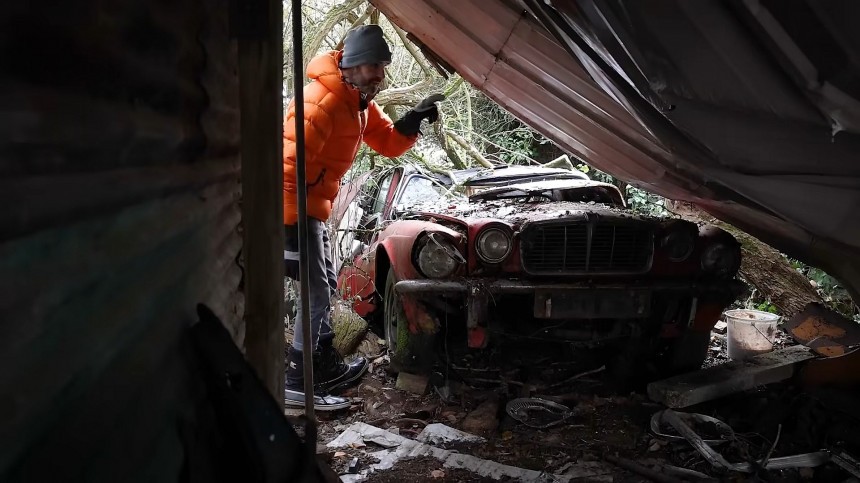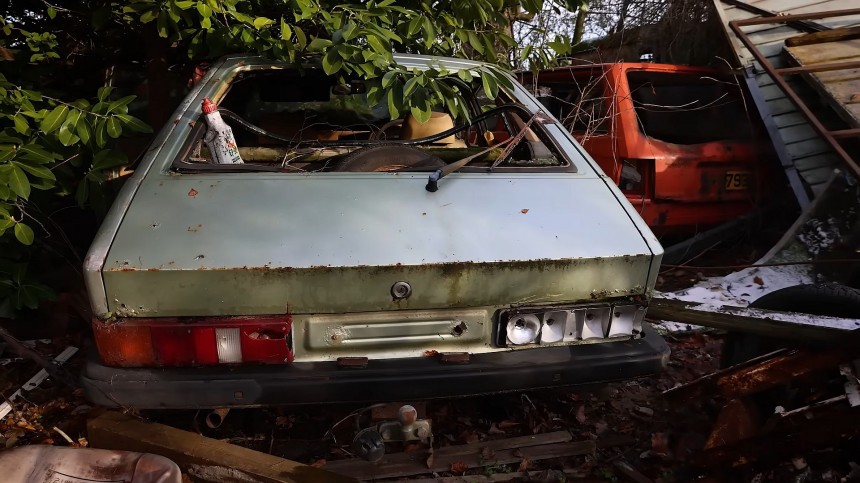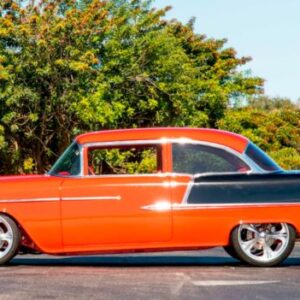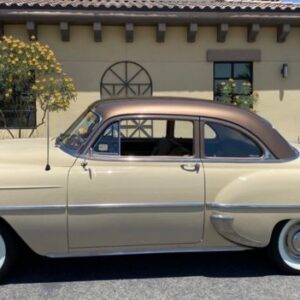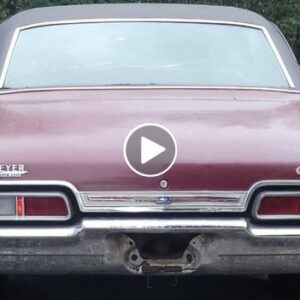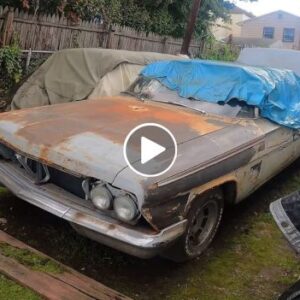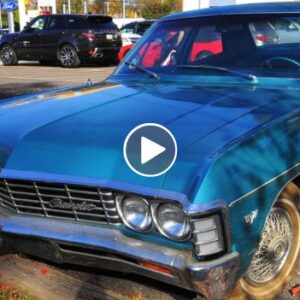When talking about barn finds, we usually think of classic cars that have been pulled out of barns after a few decades. But the term is much wider now, to the point where it includes just about any automobile that has been left to rot for decades, regardless of location. This secret garden of abandoned classic cars qualifies too.

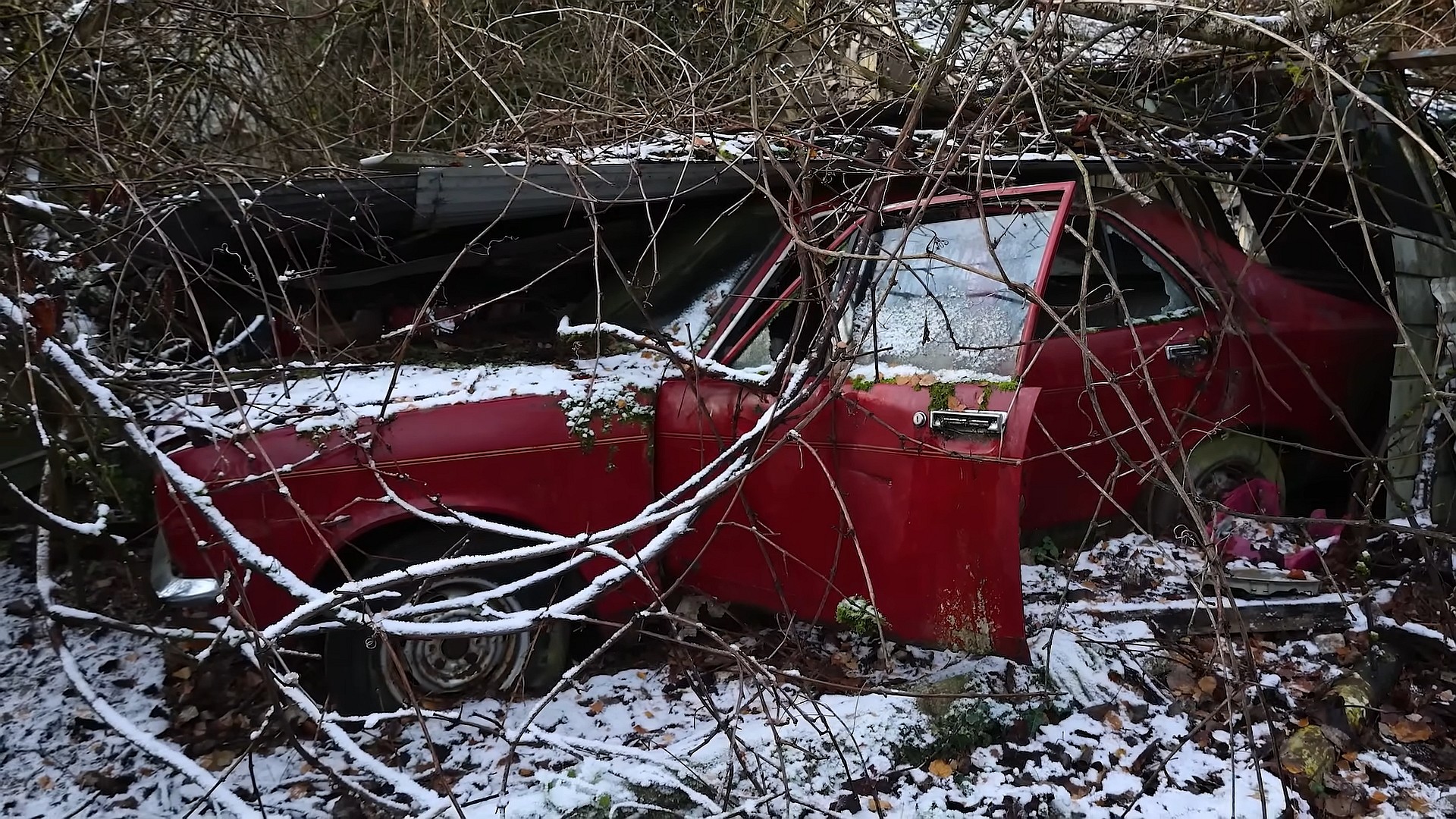

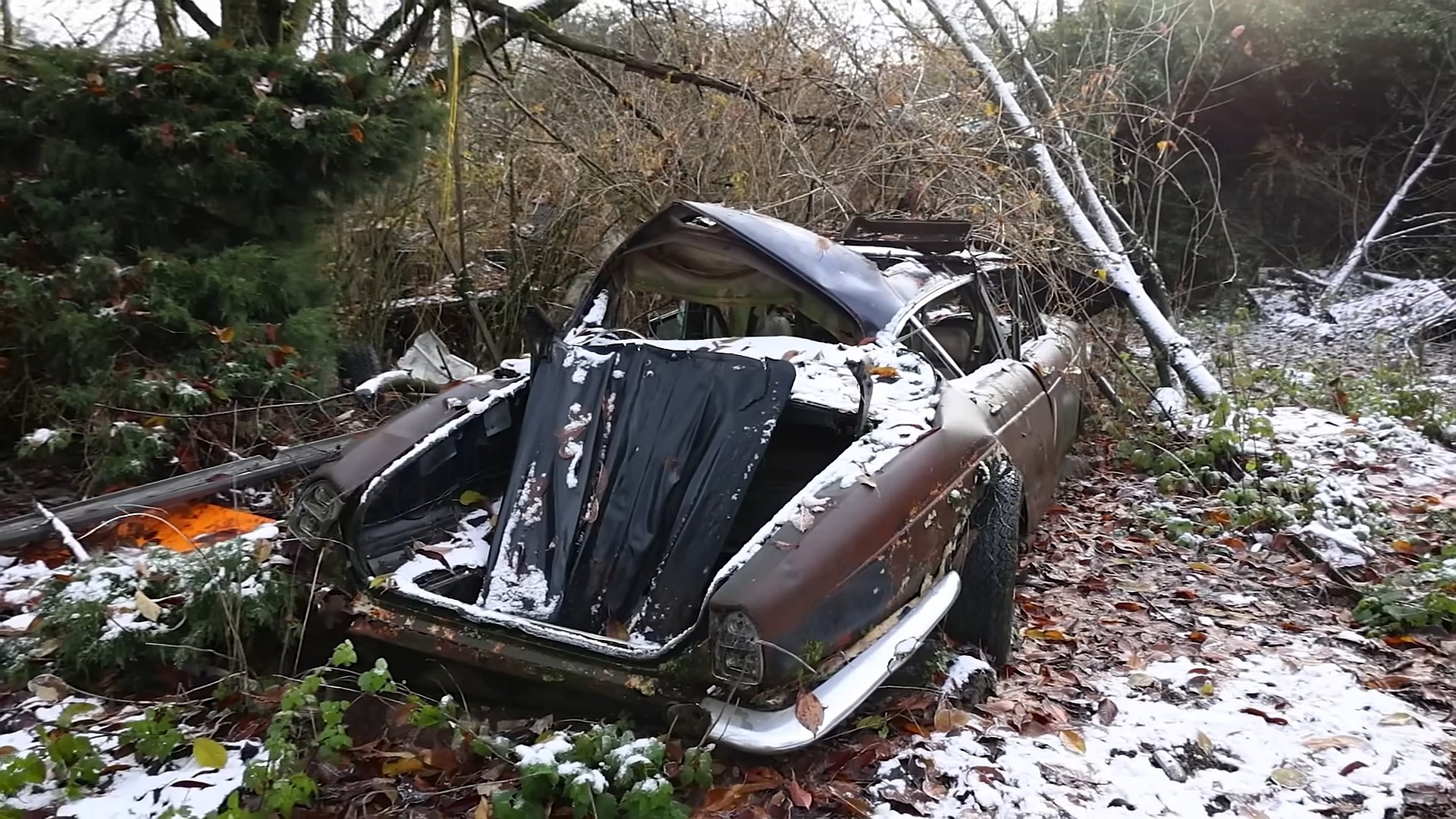


Featured on the latest episode of “The Late Brake Show,” this backyard’s location is pretty much a mystery, as the host does not reveal any specifics beyond that it’s “somewhere in the Midlands.” That’s quite a huge area in Central England, but it doesn’t matter, because the purpose of the video isn’t to get them rescued.
The abandoned property is loaded with classic cars of the British variety. And while many of them are rather common, some are harder to spot nowadays, especially in running condition. The video kicks off with a car that’s far from famous outside the U.K.: the Hillman Avenger.
Introduced in 1970, the Avenger was the first car to be developed by Rootes after the company was taken over by Chrysler in 1967. The rear-wheel-driven small family car remained in production until 1981, three years after PSA acquired the firm and sold the Avenger under the Talbot brand.
While not exactly popular in Mainland Europe, the Avenger was a hit in emerging markets, being assembled in both South America and New Zealand. In fact, Argentinian production lasted until 1990. Speaking of the Americas, the Avenger was also offered in the U.S. as a captive import. Sold as the Plymouth Cricket from 1971 to 1973, the U.S.-spec Avenger moved close to 28,000 units.
Next to it, there’s yet another legendary British automobile that’s not particularly famous in other countries, the Rover SD1. The last Rover-badged vehicle produced at the Solihull plant, the SD1 was sold from 1976 to 1986 as an executive five-door fastback.
It was powered by a long list of gasoline and diesel engines, including a 3.5-liter V8. A U.S. version was offered as the Rover 3500 starting in 1980.
The property is home to a second SD1, but also to an early Jaguar XJ. Sadly enough, the four-door sedan is in pretty rough shape and looks like a tree fell on it, smashing all windows and bending the roof. It’s unclear if it’s a Series 1 or Series 2 version because they looked very similar, but it’s sad to see it like this. Because the XJ is one of the prettiest Jaguars ever made.
Introduced in 1968 with an inline-six, the XJ got a 5.3-liter V12 in 1972. One year later, Jaguar made a few updates and rolled out the Series 2. Our host uncovers a second XJ later in the video, which turns out to be a Series 2 version, recognizable by its smaller front grille.
Of course, like any British graveyard, this place also includes a few Ford Escorts, including a couple of second-gen models and a MkI. While not extremely expensive unless we’re talking about RS or Lotus twin-cam models, first-gen Escorts are quite desirable nowadays. And sadly enough, many of them look like the examples you see here: hopeless.
The yard is also packed with Mini Cooper relics and a few Ford Transits, including an Mk1 pickup and the remains of a wrecker truck. The list of British relics continues with an old Land Rover of the Series variety, a rotten Ford Cortina, and a Vauxhall Chevette. Yup, the latter is related to the Chevette which was the best-selling small car in the U.S. in 1979 and 1980.
Our host also discovered an Austin Ambassador, a short-lived five-door hatchback that was produced from 1982 to 1984. Again, this D-segment vehicle is far from desirable on the classic car market, but you don’t see many of them on public roads these days. Then there’s a Ford Orion, a lesser-known four-door sedan version of the Escort.
Introduced in 1983 as a replacement for the Cortina, the Orion remained in production for over three generations, until 1993. That’s when Ford decided to add a sedan version to the Escort lineup instead of using a different nameplate for the same body style.
British cars aside, I also spotted a Peugeot 104. The company’s first supermini, the 104 soldiered on from 1972 to 1988, when it was replaced by the more iconic 205. Finally, a mysterious Nissan pops up at the 14-minute mark. Way too rotten to be identified, it sports a dashboard that looks a lot like the iconic Datsun 510.
On the flip side, some details point out to the second-generation Laurel (1972-1977), which is a relatively rare Japanese classic nowadays.
Sadly enough, none of the cars abandoned here are worth saving. Most of them are too far gone, while the others are simply not worth restoring from a financial standpoint. But as painful as it sounds, it’s still cool to see derelict cars spending their retirement years in places like this.

